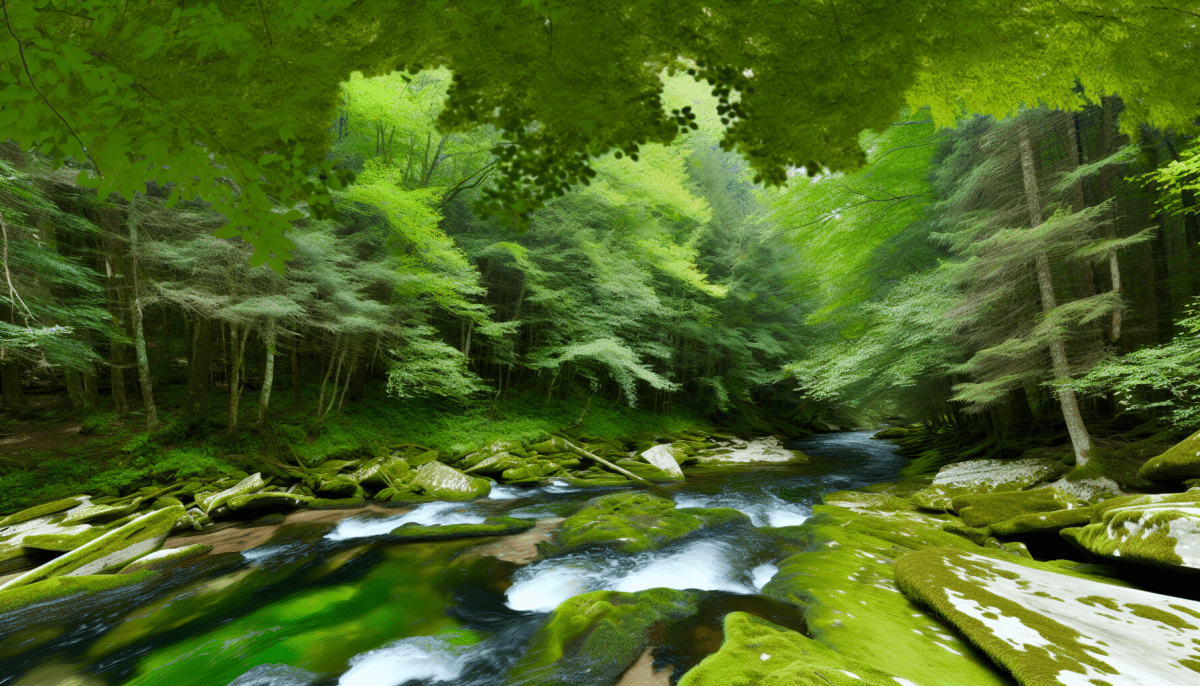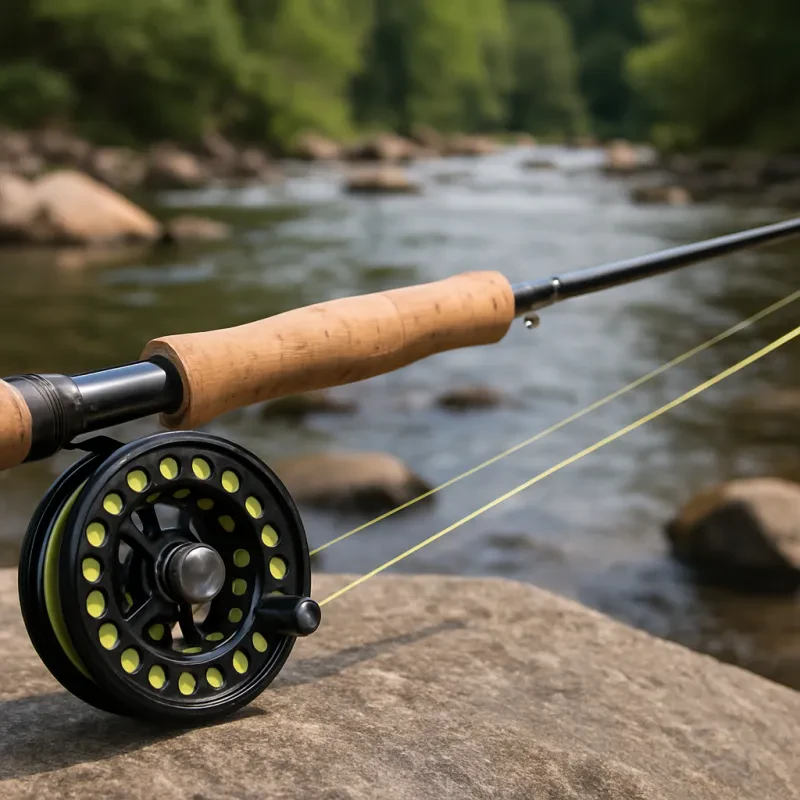Nestled within the rugged terrain and lush forests of West Virginia are some of the most pristine and enchanting wild trout streams in the United States. These hidden gems offer anglers and nature enthusiasts alike the chance to experience the thrill of fishing in untouched natural settings. West Virginia's commitment to conservation and outdoor recreation has preserved these habitats, providing a haven for both native and stocked trout populations. In this article, we will explore five remarkable wild trout streams across the state, detailing their locations, the types of trout you can expect to catch, and how to access these secluded spots.
Seneca Creek, Pendleton County
Location & Access: Seneca Creek is a picturesque stream located in Pendleton County, near the town of Seneca Rocks. To reach Seneca Creek, head towards Seneca Rocks National Recreation Area and follow the signs for the Seneca Creek Backcountry. The area is accessible via Forest Road 112, which leads to several trailheads. Anglers will find a mix of brook, brown, and rainbow trout in its clear, cool waters. The creek is known for its scenic beauty, including waterfalls and lush vegetation, making it a favorite among fly fishermen.
Elk River, Randolph & Pocahontas Counties
Location & Access: The headwaters of the Elk River, located in the Monongahela National Forest, offer some of the finest wild trout fishing in the state. Access to the upper sections of the Elk River can be found near the town of Slatyfork in Pocahontas County. Travelers can reach this area by following Route 219 to Slatyfork, then taking Forest Road 24, which runs parallel to the river. The Elk River is renowned for its large populations of wild rainbow and brown trout, providing challenging fishing in a serene setting.
Cranberry River, Nicholas & Webster Counties
Location & Access: The Cranberry River is a remote, wild trout stream situated in the heart of the Monongahela National Forest. Access to this hidden gem is easiest from the town of Richwood in Nicholas County. From Richwood, take Route 55/39 to the Cranberry Mountain Nature Center, then follow Forest Service Road 76 to the river. The Cranberry River is primarily known for its brook trout, but anglers may also hook into rainbow and brown trout. Its remote location ensures a peaceful fishing experience, surrounded by dense forests and vibrant wildlife.
Williams River, Webster & Pocahontas Counties
Location & Access: The Williams River is another secluded spot within the Monongahela National Forest, offering excellent opportunities for wild trout fishing. To find the Williams River, head to the town of Cowen in Webster County, then take Route 20 south to the Williams River Road (Forest Road 86), which provides access to various points along the river. The Williams River is home to a healthy population of brook, brown, and rainbow trout, with its swift currents and deep pools creating ideal habitats for these species.
Shavers Fork, Randolph County
Location & Access: Shavers Fork is one of the premier trout streams in West Virginia, located in Randolph County. The easiest access points are found near the town of Elkins. From Elkins, take U.S. Highway 33 east towards Bowden, then follow the signs to the Shavers Fork area. This stream is particularly known for its high-quality brook trout.
Laurel Fork (Monongalia County)
Embraced by the rolling hills of Monongalia County, Laurel Fork captivates visitors with its serene beauty and abundant wildlife. To begin your journey to Laurel Fork, make your way to the town of Blacksville and head south on Route 7. After approximately 10 miles, turn onto Laurel Run Road and follow it until you reach the stream. Here, amid the tranquil sounds of nature, you'll discover a haven for anglers, where the clear waters teem with native trout waiting to test your skills. Whether you're a seasoned angler or a novice enthusiast, Laurel Fork promises an unforgettable adventure that will ignite your passion for the great outdoors.







